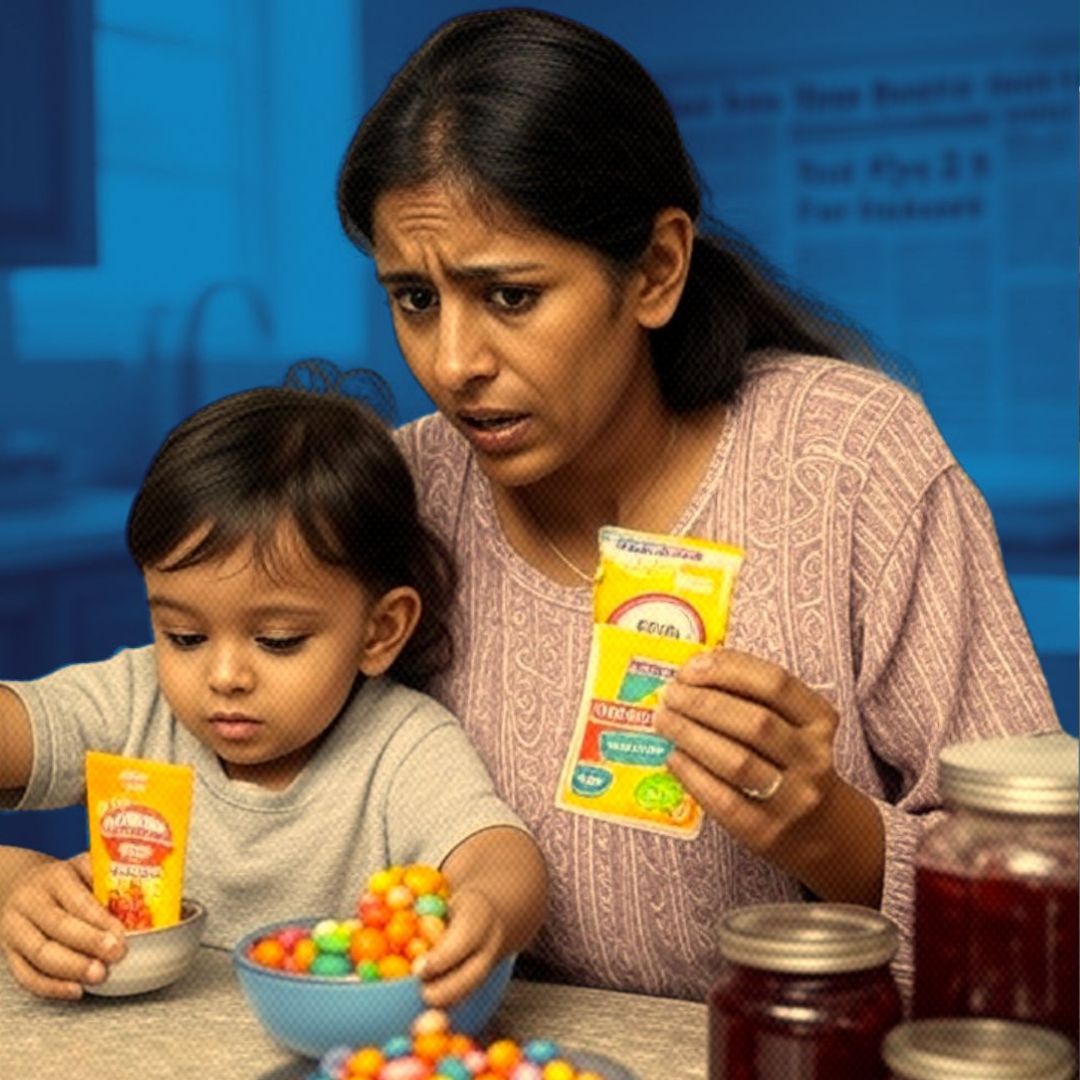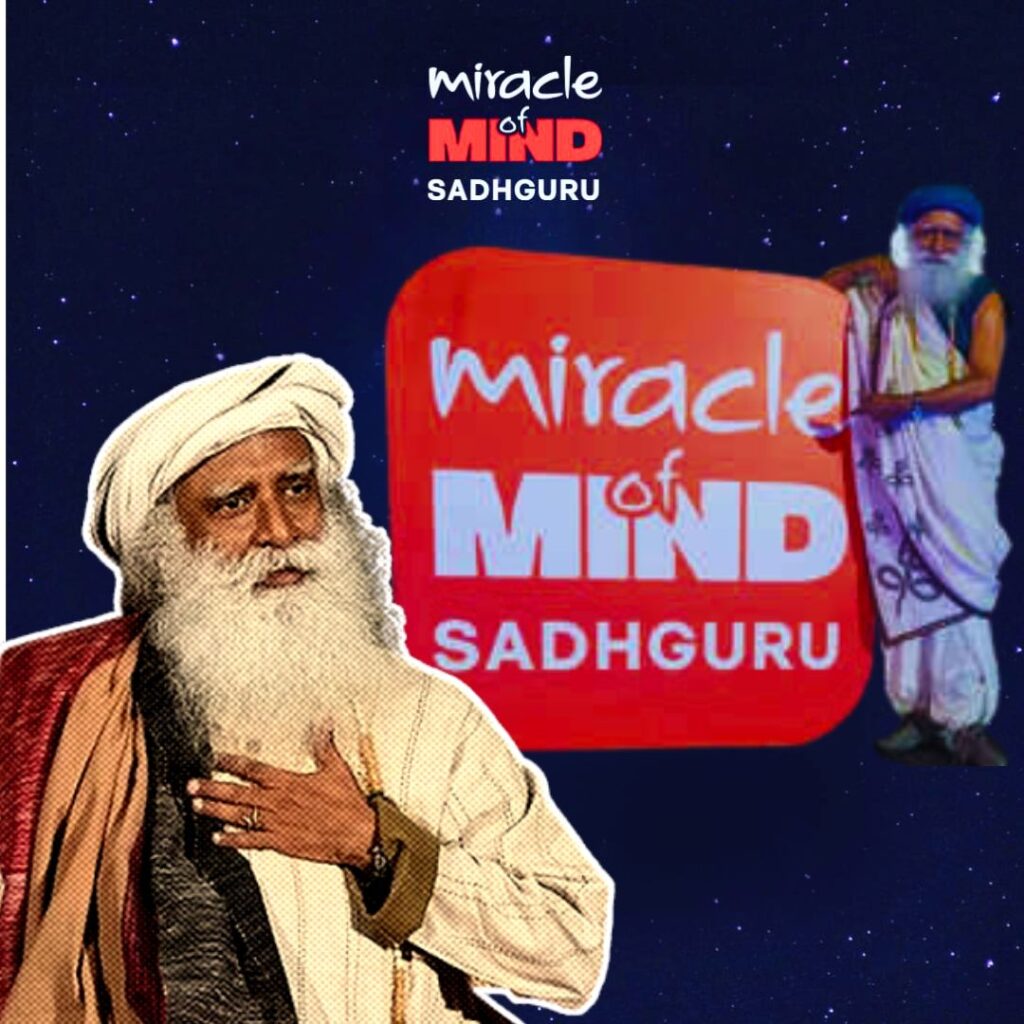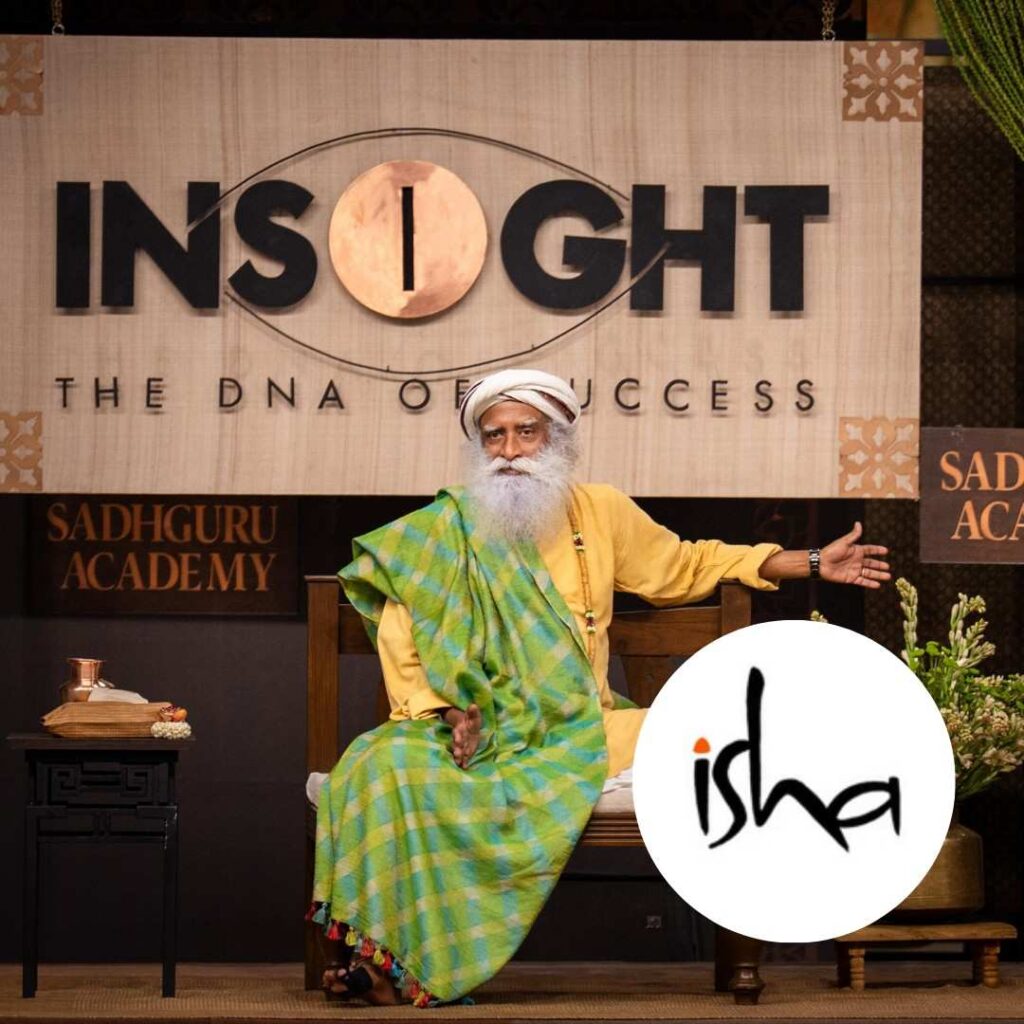Red Dye 3—also known as Erythrosine, INS 127, E127, or FD&C Red No. 3—is a synthetic, petroleum-based coloring agent still widely used in India’s biscuits, candies, jams, and even medicines.
Despite growing scientific concern over its potential health risks, Red Dye 3 continues to be used in a wide range of products, often under different names, making it difficult for consumers to detect and avoid.
What Is Red Dye 3?
Red Dye 3 is a synthetic food coloring first approved in the United States in 1969 and used globally to give foods and medicines a bright, cherry-red hue. It is favored by manufacturers for its color stability and low cost, but its safety has been questioned for decades. You’ll find it in candies, beverages, baked goods, cereals, maraschino cherries, gelatin desserts, and certain medications and syrups.
Where Is Red Dye 3 Found?
In India and many other countries, Red Dye 3 is still found in:
- Biscuits and baked goods
- Candies and confectionery
- Jams and preserves
- Flavored beverages
- Medications and syrups
It is often hidden under names like INS 127, E127, Erythrosine, or Red Dye 3, making it challenging for consumers to avoid.
Health Risks of Red Dye 3
Cancer and Hormonal Effects
- Animal Studies: Red Dye 3 has been shown to cause thyroid tumors in male rats. It disrupts thyroid hormone regulation primarily through chronic elevation of thyroid-stimulating hormone (TSH), leading to follicular cell hyperplasia that can progress to tumor formation. This chronic TSH stimulation results from interference with thyroid hormone synthesis pathways, eventually causing thyroid dysfunction and increased risk of thyroid-related disorders.
- Genotoxicity: Red Dye 3 has been shown to cause DNA damage, including strand breaks and chromosomal abnormalities, raising concerns about its long-term safety and potential to contribute to cancer risk.
Brain and Behavioral Effects
- Neurotoxicity: Studies in rats have found that Red Dye 3 increases oxidative stress in the brain, reduces antioxidant enzyme levels, and impairs neuronal communication. It also triggers neuroinflammation, which can lead to neuronal damage and dysfunction. These effects raise concerns about its potential impact on brain health and relevance to neurodegenerative conditions.
- Behavioral Changes: Red Dye 3 and other synthetic dyes have been associated with increased hyperactivity, inattentiveness, and impulsivity in children. Studies indicate that exposure to these dyes can particularly worsen symptoms in children already diagnosed with ADHD or those sensitive to food additives.
Other Concerns
- Hypersensitivity: Several synthetic dyes, including Red Dye 3 (erythrosine), have been associated with hypersensitivity reactions in certain individuals, which may manifest as skin rashes, itching, hives, and, in rare cases, more severe symptoms such as swelling and respiratory difficulties.
Global Response: How the World Regulates Red Dye 3
| Region | Food Use | Cosmetics Use | Labeling/Warnings |
|---|---|---|---|
| United States | Banned by 2027 | Banned since 1990 | No warnings required |
| European Union | Strictly limited | Fully banned | Mandatory warnings (food) |
| Australia/NZ | Restricted | Permitted, limited | Regular safety reviews |
| India | Widely used | Widely used | No warnings/restrictions |
- United States: The FDA announced in January 2025 the revocation of authorization for the use of Red Dye 3 (FD&C Red No. 3) in food and ingested drugs. Manufacturers are required to phase out its use in food products by January 15, 2027, and in ingested drugs by January 18, 2028. Notably, Red Dye 3 has been banned in cosmetics and topical drugs since 1990.
- European Union: Use is strictly limited to a few applications (such as some cocktail cherries) and must carry mandatory warning labels due to health concerns.
- Australia & New Zealand: Permitted in select items under strict regulation, with regular safety reviews.
- India: Red Dye 3 is still widely used in food and drugs, with no warnings or restrictions in place.
Why Is Red Dye 3 Still Used in India?
- Regulatory Lag: Indian food safety regulations have not kept pace with international findings and bans.
- Lack of Consumer Awareness: The dye is often listed under different names, making it hard for consumers to spot.
- Economic Factors: Synthetic dyes are cheaper and more stable than many natural alternatives.
What Can You Do? Steps for Consumers
Red Dye 3 is often hidden under names like INS 127, E127, Erythrosine, or Red Dye 3. Here’s how you can protect yourself:
1. Read Food Labels Carefully
- Check ingredient lists for any of these names.
- Be especially vigilant with brightly colored processed foods and candies.
2. Avoid Products with Red Dye 3
- Choose alternatives that use natural colors or none at all.
- Opt for certified organic or minimally processed foods.
3. Support the Movement: Demand Safer Food
- TruthIn, India’s first consumer product intelligence platform, along with Food Pharmer and The Logical Indian, has launched a petition demanding an urgent review of Red Dye 3 usage in India.
- Sign the petition now to urge Indian regulators to review and restrict the use of Red Dye 3 in food and medicine.
4. Spread Awareness
- Share information about Red Dye 3 with friends and family.
- Encourage local stores to stock products free from harmful synthetic dyes.
The Logical Indian’s Perspective
At The Logical Indian, we believe that progress must be anchored in public health, scientific integrity, and ethical responsibility. The story of Red Dye 3—a synthetic food coloring linked to potential health risks, including cancer in animal studies—raises serious concerns about how regulatory gaps and outdated standards continue to expose vulnerable populations, especially children, to preventable harm.
This issue is not merely about one ingredient; it reflects broader systemic challenges in our food safety regulations and the accountability of manufacturers. Every child deserves safe food, every parent deserves clear information, and every consumer deserves respect from those who shape our food systems. We urge regulators, manufacturers, and citizens alike to come together in the spirit of harmony and coexistence.
We have an opportunity—and a responsibility—to transition away from additives like Red Dye 3 in favor of safer, well-studied alternatives that prioritize human health over profit. This shift requires honest dialogue among policymakers, scientists, businesses, and the public, backed by strong regulatory action and consumer advocacy. By demanding higher standards and greater transparency, we can ensure that food safety becomes a fundamental right for all, not just a talking point. The time to act with clarity and compassion is now.












